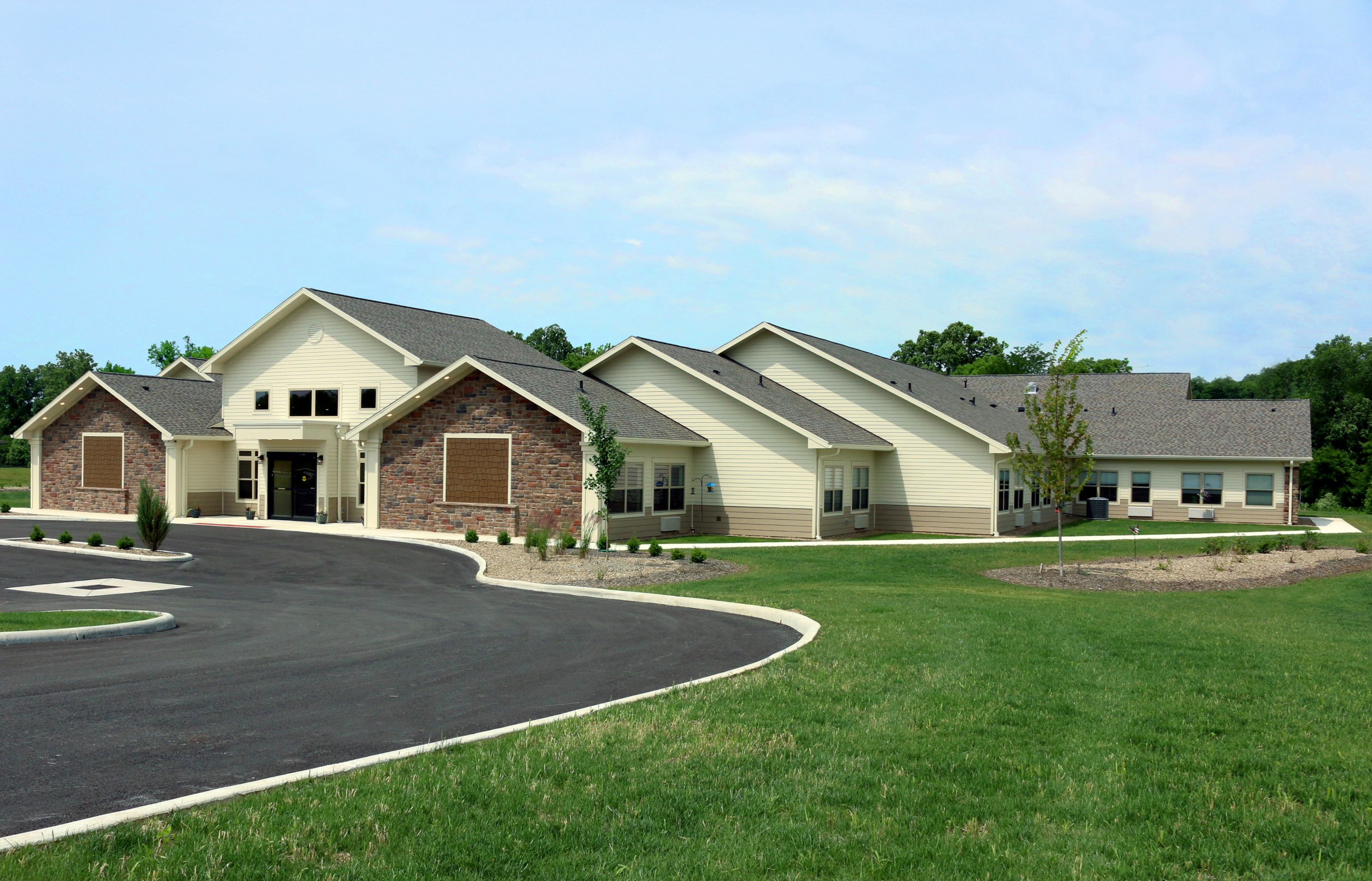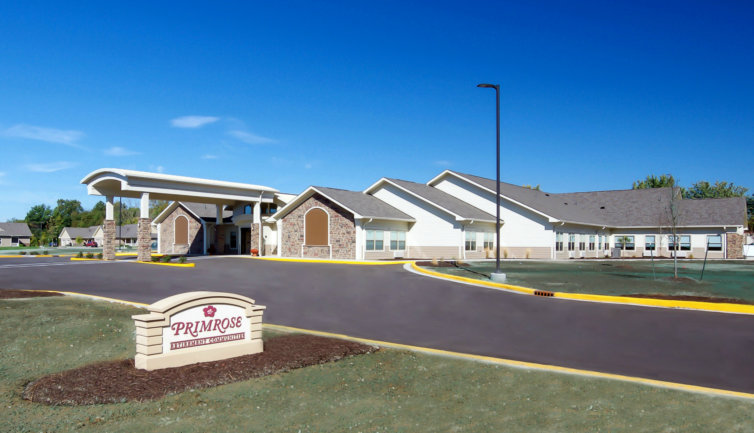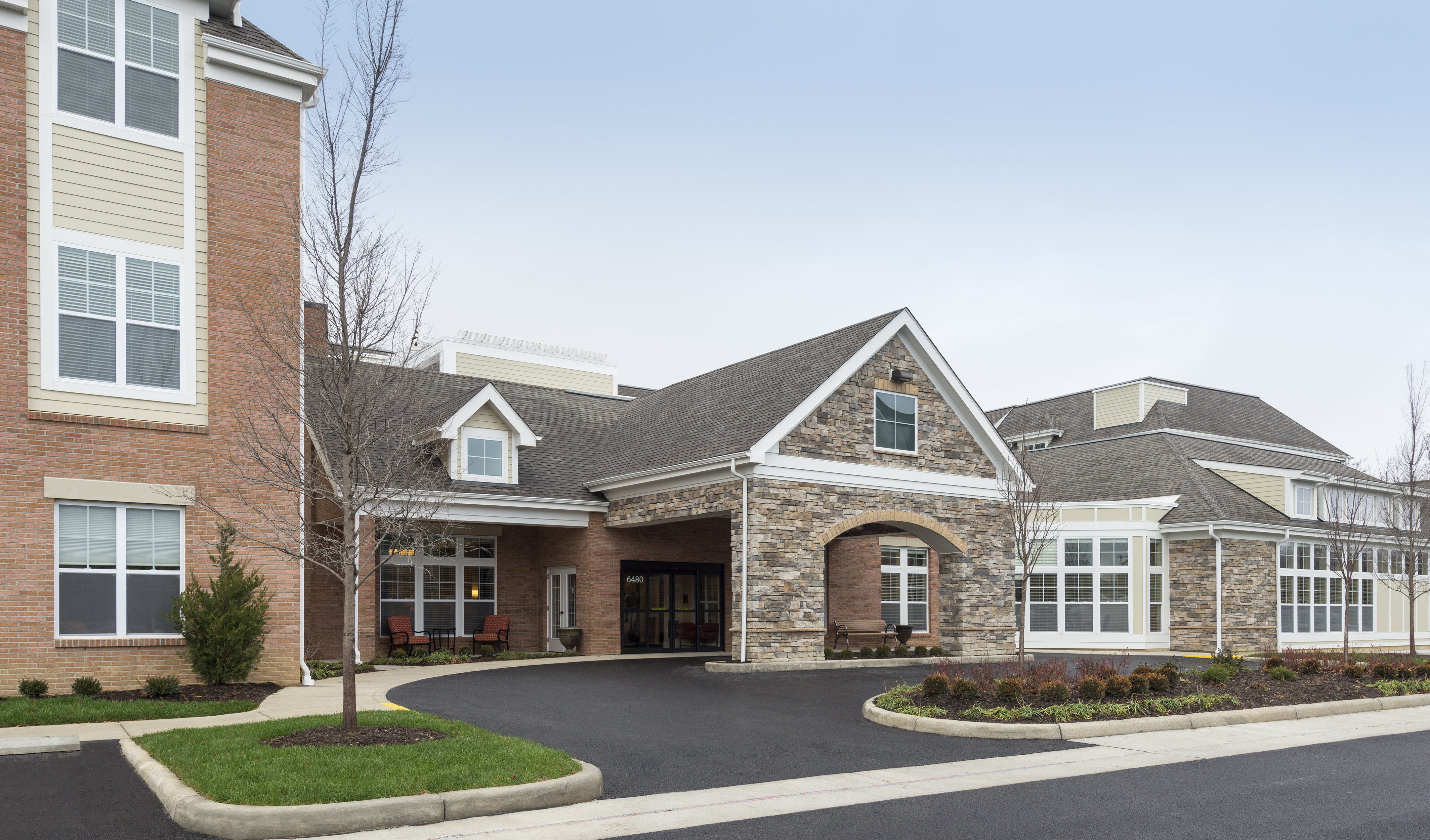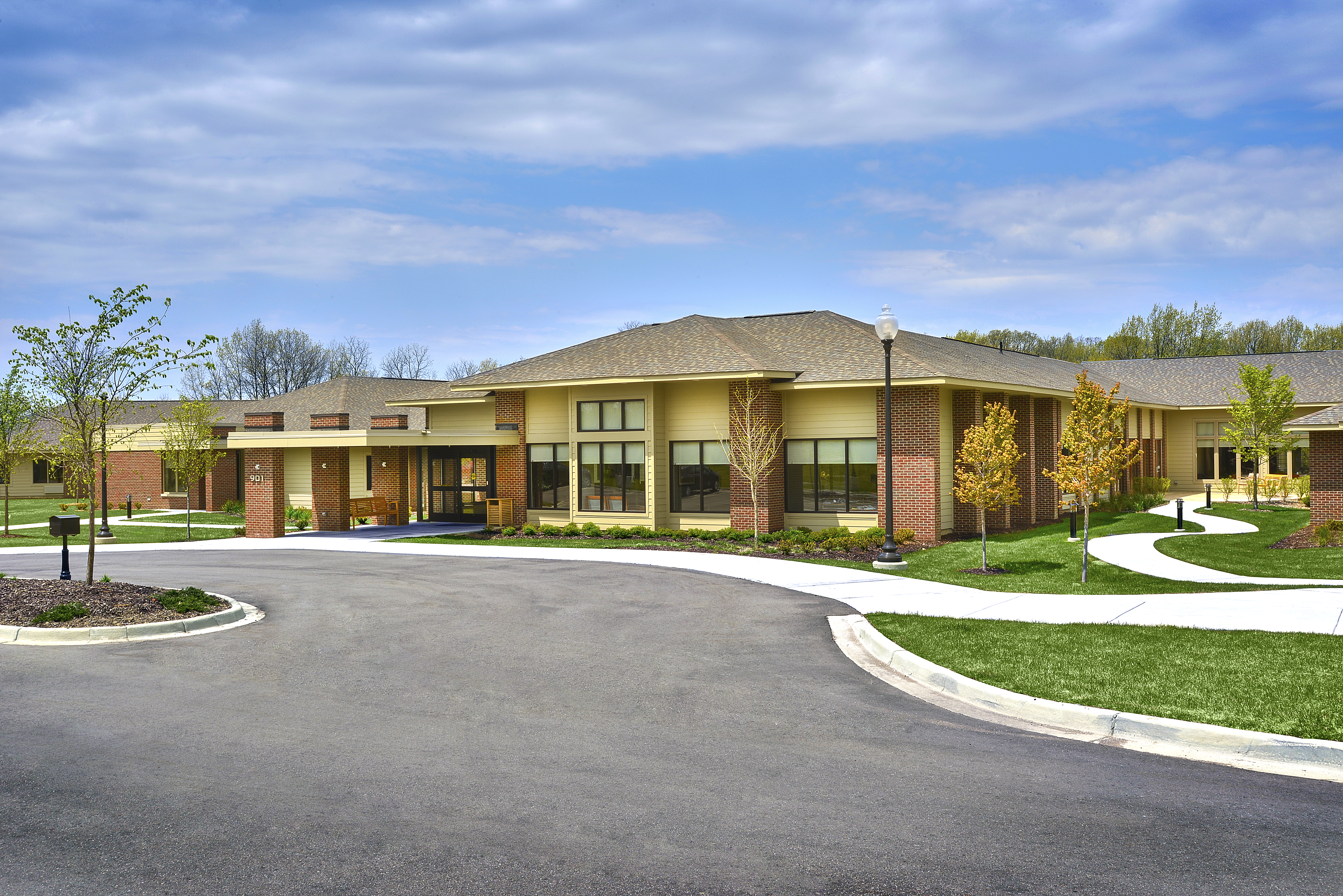Allowances are frequently included in construction contracts between owners and general contractors. Allowances are typically used for design elements of a project that are either not designed or not quantifiable at the start of a project. The following is a brief list of design items that allowances were used for on a typical senior living project: landscaping/site irrigation, exterior, and interior signage, and for commercial kitchen equipment. The last several years the number of allowances that are used in construction contracts has sky-rocketed. The list of allowances now frequently includes site and courtyard, amenities, millwork, wallcovering, flooring, ceramic tile, low voltage systems, hardware, and light fixtures. Allowances do allow for the project team to refine designs and determine the final scope of work. Unfortunately, too many allowances can be disruptive to a project and potentially cause significant schedule delays. The reconciliation of allowances takes a lot of focus by the project team, which...
Read More >When is a “Clash” a Positive Thing?
When is a “Clash” a positive thing? Your first response would likely be never, and most likely everyone would agree that conflicts and clashes are not a positive thing. In construction, the term Clash is used to refer to design interferences found between various building system components in our project buildings that will cause installation issues in the field when trades are installing their systems during a project. As buildings get more complex and the designs add considerable architectural features while attempting to minimize cost resulting in less space to install the infrastructure inside the building, we find more and more project system clashes. This dichotomy of project goals typically results in a multitude of clashes between our structural components, mechanical, electrical and fire protection systems that aren’t always identified by the design professionals. Clashes of this type are found on most projects and if not dealt with before mobilizing to build...
Read More >The Tower on the Maumee
[gallery columns="3" link="none" size="large" ctmgs_gallery_layout="slider" ctmgs_items="1" ids="707,564,563,562,565"]...
Read More >Modern Senior Living Communities: Embracing the New
I am continuously amazed at the quality of environments our clients are hiring us to construct and the fantastic services they are providing for our senior population. Outstanding socialization opportunities, healthy diets, exercise programs, and support for meds and other health issues legitimately extend both the quality and duration of the lives they serve. But many seniors fight the opportunities to move into these bright, airy, social environments in favor of staying in their dark, lonely homes. I can say I don’t fully understand this. As a general contractor specializing in senior living solutions, I have a distinct advantage to see all of the new options available. The senior living environments we are building today far surpass those of even 10 years ago. These ‘holistic’ environments are innovative. They not only provide for the medical and physical needs of the individual. They take special care to plan and build spaces that...
Read More >Project Performance
In my travels in Florida meeting with prospective clients, I hear continued complaints about the performance of their contractors. I get that, it is difficult, particularly in Florida. So what is the solution? We have found five primary factors:
- Over supervise on projects. This adds to general conditions, which nobody likes, but with high risk, highly leveraged, significant capital investments, such as these, it’s cheap insurance.
- Keep ironclad control over details—every day. The smallest detail can derail a project.
- Ensure every activity that needs to occur on each job’s schedule occurs each day.
- Hire quality subcontractors and suppliers who commit the resources to do the job well. They don’t need to be gold plated, but they may not be the cheapest.
- Have a cooperative, team and problem-solving orientation. Every project will have its challenges. The key is how teams work together to solve them.
Controlling Quality
The definition of “quality” in the construction industry does not mean goodness, luxury, or shininess. It should be defined as “conformance to requirements” such as: Project specifications
- Project drawings
- Industry standards
- Code requirements
- Shop drawings
- Manufacturers written installation instructions
- Detailed subcontractor prequalification, including job site visits to help assure that subcontractor has no major quality issues.
- Preconstruction meetings to review the standards that are to be followed.
- Pre-installation meetings prior to the start of work to review, in detail, the standards that will be followed.
- Quality inspections for each... Read More >
The Hidden Costs of Cost-Plus/GMP Work
There are cost inefficiencies intrinsic to the cost-plus/GMP delivery of construction (often referred to simply as GMP delivery). The cost-plus/GMP method may have merit when delivering projects with significant unknown risks such as first-of-a-kind projects, or projects with limited historical data, or when a project must start construction without completion of the design. However, when cost-plus/GMP delivery is used to deliver projects with well-established cost histories or projects with reasonably complete construction documents, then the cost-plus/GMP delivery method is likely to produce a cost premium when compared to a stipulated sum contract delivery (Lump Sum delivery). Let’s explore why. In a lump sum contract, the contractor is incentivized to deliver the project quickly and cost efficiently. The incentive is simple. When the contractor effectively drives the project with the optimal staff, he finishes on time or early and he enjoys the savings which result. Lump sum contractors track their costs accurately and...
Read More >Construction Schedules
It is getting increasingly difficult to keep almost all senior projects on schedule during the construction phase of the projects. Some of the hurdles that impede schedule achievement are as follows:
- Limited manpower available from most subcontractors
- Quality of the manpower due to lack of proper training
- Poor or no supervision being provided by subcontractors
- Material delivery timelines
- Poor design documents
- The number of government inspections and the timing of the inspections due to reductions in the number of inspectors by a lot of government agencies
- The quality level of most senior projects the last five years has increased to almost a resort level of finish
- There are ways to help control or help minimize these schedule impacts that The Douglas Company employs on every project:
- Design check to help prevent drawing coordination issues
- Put material purchasing based lead times including shop drawing review for all material on each construction... Read More >
Primrose Lancaster Memory Care Community
[gallery columns="3" link="none" size="large" ctmgs_gallery_layout="slider" ctmgs_items="1" ids="334,335,337,336,338,340,341,339"]...
Read More >Peregrine Senior Living at Onondaga Hill
[gallery columns="3" link="none" size="large" ctmgs_gallery_layout="slider" ctmgs_items="1" ids="320,319,318,309,310,311,312,313,314,315,316,317"]...
Read More >To Bid or Not to Bid Your Senior Living Project
During the height of the recession, I wrote a blog on the same topic. Times have changed since then, so circumstances have changed, and it’s worth revisiting. Prices keep increasing, making projects more challenging. As construction activity has increased, the number of trade subcontractors and skilled workers has increased only nominally, and supply and demand are pushing up prices, including for materials. With all the challenges of price increases, owners are asking themselves if they should competitively bid their project to get the best prices. To best understand this, it is important to look at the underlying processes. Development is a complex endeavor, and risky. Though it is tempting to think that the best price comes from competitively bidding, what is on the drawings is 85%-90% of the cost of a project, so critically important. The key is to understand and control what is on the drawings to reduce and control...
Read More >Stonecrest of Troy
[gallery columns="3" link="none" size="large" ctmgs_gallery_layout="slider" ctmgs_items="1" ids="376,375,378,377,379,380,381,382,383,384,374,385"]...
Read More >Symphony at the Waterways
[gallery columns="3" link="none" size="large" ctmgs_gallery_layout="slider" ctmgs_items="1" ids="394,399,395,396,397,398,400"]...
Read More >Primrose Anderson Memory Care Community
[gallery columns="3" link="none" size="large" ctmgs_gallery_layout="slider" ctmgs_items="1" ids="328,322,327,323,329,325,324,326,331,332,333"]...
Read More >Wellbridge of Pinckney
[gallery columns="3" link="none" size="large" ctmgs_gallery_layout="slider" ctmgs_items="1" ids="436,433,437,438,439,440,441,442,443,444,445"]...
Read More >The Solona Deer Park
[gallery columns="3" link="none" size="large" ctmgs_gallery_layout="slider" ctmgs_items="1" ids="405,406,408,407,409,403,402,404,401"]...
Read More >Summer Vista
[gallery columns="3" link="none" size="large" ctmgs_gallery_layout="slider" ctmgs_items="1" ids="387,388,391,389,390,392,393"]...
Read More >Department of Veterans Affairs Health Care Center
[gallery columns="3" link="none" size="large" ctmgs_gallery_layout="slider" ctmgs_items="1" ctmgs_force_image_height="false" ids="469,470,1009,1011,471,1008,1012,1013"]...
Read More >Senior Star at Dublin
[gallery columns="3" link="none" size="large" ctmgs_gallery_layout="slider" ctmgs_items="1" ids="351,352,353,354,355"]...
Read More >Wellbridge of Fenton
[gallery columns="3" link="none" size="large" ctmgs_gallery_layout="slider" ctmgs_items="1" ids="1284,450,446,447,448,449,451,452"]...
Read More >


















